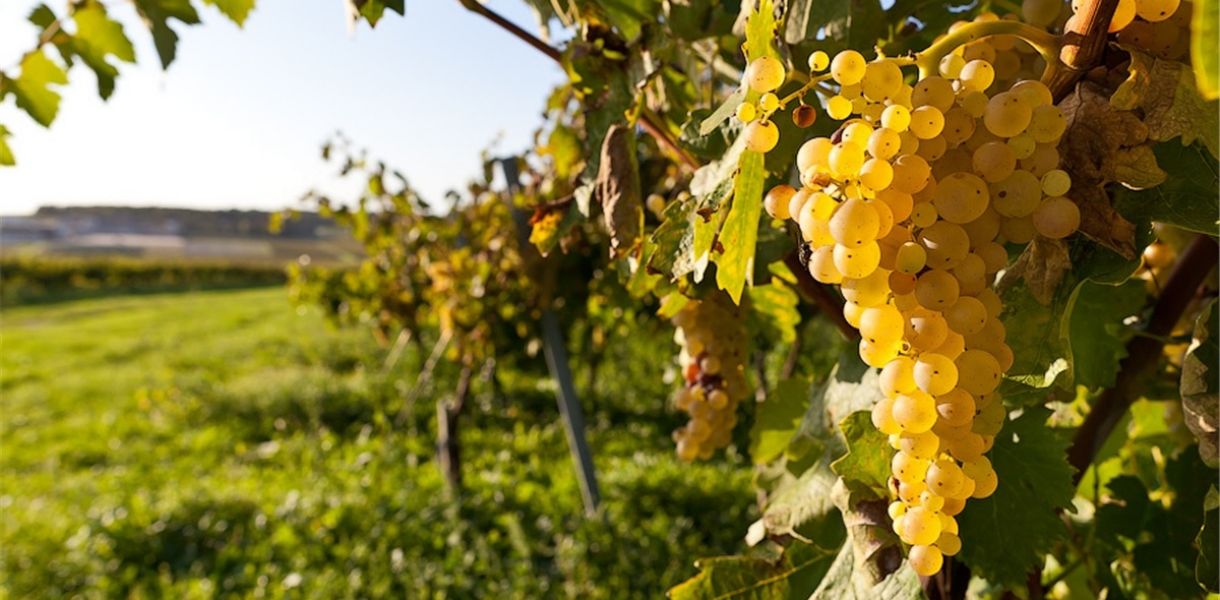 Growing grapes in small areas, gardeners try to use every centimeter of land to good use. A laudable desire, but combining cultures, you need to know what to plant next to grapes, and which neighborhood is better to refuse.
Growing grapes in small areas, gardeners try to use every centimeter of land to good use. A laudable desire, but combining cultures, you need to know what to plant next to grapes, and which neighborhood is better to refuse.
Content
What is important to consider
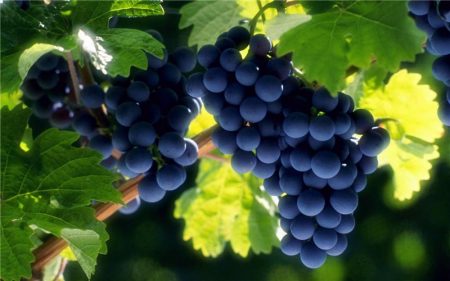 When selecting plants for planting in the vineyard, consider:
When selecting plants for planting in the vineyard, consider:
- soil type;
- features of the root system of crops;
- watering modes;
- compatibility;
- required degree of illumination.
Grape vine gives harvest on fertile, moderately rich in nitrogen soils. Soils with high acidity, poor and sandy soils will not work. Ideally - loam, chernozem, mixed compounds.
The culture requires a large amount of light, protection from the winds, regular watering. Take into account the periods of treatment of bushes from pests and diseases, the shading factor. Vineyards are sprayedstarting in spring, using various, including toxic drugs. Therefore, even culture-friendly plants that produce crops at the beginning of summer cannot be planted nearby.
A lot of work to identify neighbors and “enemies” friendly to the grapes was carried out by the breeder L. Moser (Austria). He derived a classification with points, which indicate the "pluses" and "cons" of plants during joint plantings. But the division is conditional and it is necessary to observe the vineyard in specific conditions.
Who is the grape friends with
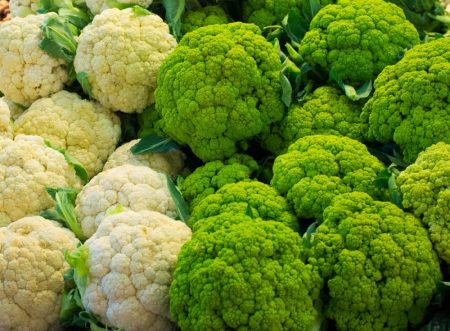 Joint landings not only save space. Friendly grape plants contribute rapid vine growth, protect against certain infections, pests. Shoots are easier to tolerate wintering, the taste of berries improves.
Joint landings not only save space. Friendly grape plants contribute rapid vine growth, protect against certain infections, pests. Shoots are easier to tolerate wintering, the taste of berries improves.
In the role of "friends" are vegetables, herbs, weeds, flowers.
Among vegetables in the first place - peas, onions, radish, cauliflower. With such neighbors, vine bushes develop well, give strong shoots, do not freeze in winter.
The list of friendly cultures includes:
- sorrel;
- beet;
- spinach;
- carrot;
- chard.
Pansies, phloxes, primroses, asters, reseda will decorate the aisles, “help” the grape shoots grow strong and strong.
Soy, smoky, alfalfa strengthen the immunity of berry culture, increase growth. Positively affect the growth of bushes basil, cucumber grass, spinach. For the prevention of diseases, celandine is garlic, currants improve the taste of berries.
Grape Antagonists
 The list of "enemies" includes:
The list of "enemies" includes:
- Tomatoes
- horseradish;
- nettle;
- corn;
- calendula;
- sagebrush.
Planting in the aisles of leaf lettuce, leeks, sunflowers will not bring a positive result. Potatoes and eggplants are not planted next to the vineyard; they avoid planting sweet and hot peppers. For clematis, cloves, gailardia, they select other places.
The influence is imperceptible, the processes of rejection of each other proceed invisibly, only in the fall a small crop is revealed, weak shoots. Such "neighbors" deplete the soil around the vine, take useful nutrients, moisture. Creeping wheatgrass, plantain, knotweed, yarrow, oppressing the neighboring culture, releasing harmful substances, are sure to blur.
Grapes and roses
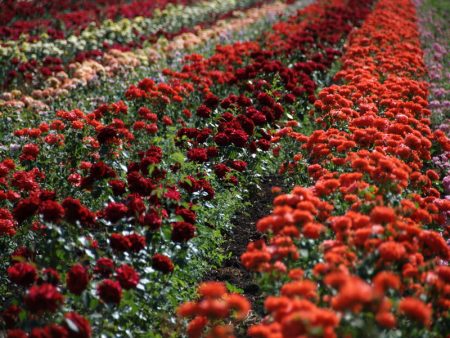 A duet of vines and rose bushes is a traditional one used by gardeners in different parts of the world.Cultures do not exert either positive or negative influence on each other; rather, they “maintain” neutrality.
A duet of vines and rose bushes is a traditional one used by gardeners in different parts of the world.Cultures do not exert either positive or negative influence on each other; rather, they “maintain” neutrality.
The origins of “friendship” are a thing of the past when roses landed at the beginning of the vineyards to protect against grazing horses. Thorny bushes reliably protected the vineyards from trampling by animals and death.
Another reason is diseases and pests common to two plants. The capricious rose is more quickly affected by mildew, odium, so winegrowers have time to protect bushes with fruits.
Roses - a kind of indicator of infection, warning about the danger. The practical benefits of the neighborhood are palpable; it is not without reason that winegrowers in France, Spain, Greece, and Italy border plantings with bushes of lushly blooming roses.
In England, wild rose hips are planted around the edges, attracting a large number of insects. It is proved that roses serve as a haven for beneficial insects that destroy parasites and pests of vineyards.
Crops are conveniently grown together due to the similarity of agricultural practices. They have the same requirements for soil nutrition, top dressing, irrigation regimes, shelters. As for vines, climbing varieties of roses require supports, which are used trellises, stakes.
Onions next to grapes
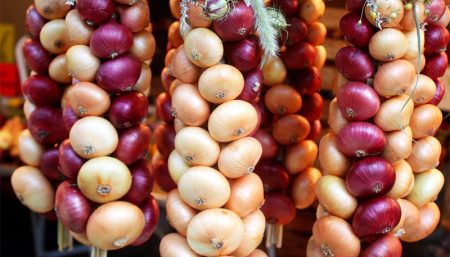 Onions aisle successfully grows onions. In this case, it is necessary to observe the watering regime, to control the amount of moisture. Onions freely between the vines, turnip grows large and strong.
Onions aisle successfully grows onions. In this case, it is necessary to observe the watering regime, to control the amount of moisture. Onions freely between the vines, turnip grows large and strong.
It is convenient to plant a bulb on the greens, collecting a feather for food every two weeks. Grapes and onions coexist peacefully among themselves, do not conflict.
Weeds
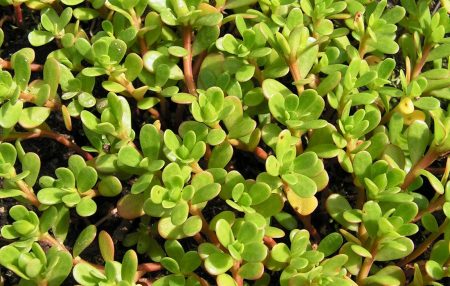 Amazing but weed grass have a beneficial effect on the vineyards. Grape growers with experience point out that growing vines in clean, carefully weeded plots produces smaller berry yields. But you must follow the rules of sowing, time, and also know friendly weeds in person.
Amazing but weed grass have a beneficial effect on the vineyards. Grape growers with experience point out that growing vines in clean, carefully weeded plots produces smaller berry yields. But you must follow the rules of sowing, time, and also know friendly weeds in person.
Cowgirl, St. John's wort, clover, clover - neutral plants for culture, acceptable for row spacing. Sowing is possible after the vineyards have reached the age of three. Weeds used to drown out the grapes, hinder its growth, the development of shoots, weaken the root system.
Weeds that emerge are mowed, leaving to rot to form a healthy nutrient humus. It is permissible to sow undersized herbs to obtain a green “carpet” in order to improve soil quality and prevent weeds that are dangerous for grapes (wheat grass, bell) from growing.
Planting cucumbers on trellises
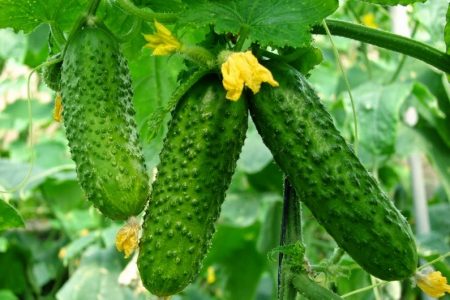 In addition to cucumber grass, an excellent neighbor for sunny berries there will be cucumbers. Long-varietal varieties are grown on trellises, receiving a high crop of greenhouses.
In addition to cucumber grass, an excellent neighbor for sunny berries there will be cucumbers. Long-varietal varieties are grown on trellises, receiving a high crop of greenhouses.
The root system of cucumbers is located in the upper layers of the soil; it does not take away nutrition from grapes. It lacks moisture, heat, while the vegetable is protected from winds and drafts.
Siderat Landing
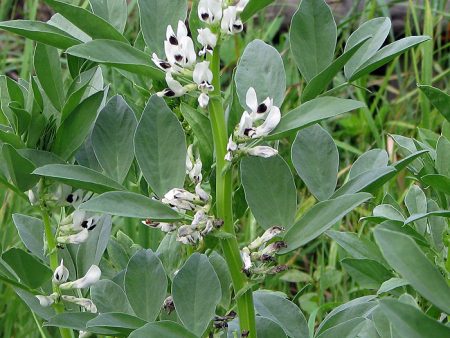 Sideral crops are used to enrich the soil with nutrients. They improve the structure of the soil, saturate it with nitrogen, and contribute to the emergence of useful earthworms.
Sideral crops are used to enrich the soil with nutrients. They improve the structure of the soil, saturate it with nitrogen, and contribute to the emergence of useful earthworms.
The list includes:
- alfalfa;
- oats;
- barley;
- rye;
- sainfoin;
- Vika;
- rape;
- buckwheat;
- peas.
Cereals positively affect the growth of shoots, the development of vines. Legumes enrich the soil with nitrogen and phosphorus. They heal the soil, make it moisture permeable, loose.
Growing Scheme:
- sowing of green manure after picking berries (in autumn);
- wintering;
- spring watering plantings;
- mowing green mass.
The soil is not dug, so as not to damage the roots of the vine bushes. It is advisable to sow not one siderat culture, but different plants in order to provide a comprehensive effect on fruit plantings.
Another option: roll siderates to form a single green coating on the ground. In such soils, a large number of earthworms appear, the percentage of useful humus increases.
Grapes and Strawberries
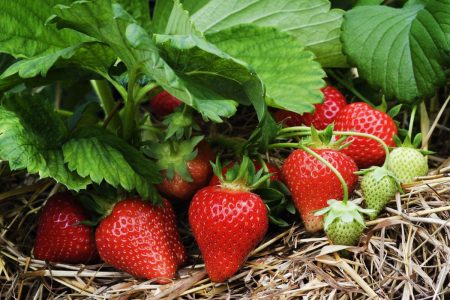 Among the popular options: growing in the aisles of a vineyard strawberries or garden strawberries. But such plantings are recommended only while the vine bushes are young, otherwise in a strong shadow of adult plants, strawberries will be uncomfortable.
Among the popular options: growing in the aisles of a vineyard strawberries or garden strawberries. But such plantings are recommended only while the vine bushes are young, otherwise in a strong shadow of adult plants, strawberries will be uncomfortable.
The root systems of crops are located at different levels, do not tolerate an excess of nitrogen, but respond well to fertilizing with organic fertilizers. Grapes will protect undersized strawberries from the scorching sun, killing up to 40-50% of plants in open ridges.
A light partial shade is formed in the aisles, enough moisture. Strawberry grows freely and gives a good berry picker.
Recommendations:
- for strawberries make a high bed;
- on heavily moistened soils, drainage systems are thought out;
- leave a distance between strawberries and grapes at least half a meter;
- use organic matter for feeding (rotted compost, ash).
When processing the vineyard in spring and early summer, care should be taken to shelter strawberries. Use several layers of a thick film of polyethylene, laying it on the bushes of the berry.
Relationship varieties
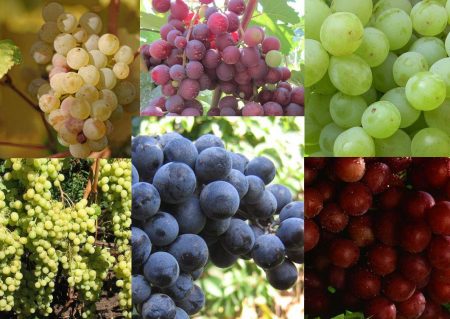 In addition to replanting other crops into the vineyard, beginners are interested in the issue of neighborhood of different varieties. You can not be afraid, different varieties grow well and bear fruit in one area.
In addition to replanting other crops into the vineyard, beginners are interested in the issue of neighborhood of different varieties. You can not be afraid, different varieties grow well and bear fruit in one area.
In addition, plants that form only female flowers with sterile pollen need planting pollinators. The variety descriptions indicate what type of flowers the species has and which pollinators are suitable. It is recommended to select grapes with the same flowering and fruiting dates so as not to be left without a crop.
Moody and thermophilic grapes require proper care. Knowledge of all the subtleties of agricultural technology, the selection of ideal "neighbors" for culture will allow you to get an excellent harvest.




 Non-covering winter-hardy grape varieties for Moscow region
Non-covering winter-hardy grape varieties for Moscow region How to keep the vine in winter
How to keep the vine in winter When can I transfer grapes to another place in the fall
When can I transfer grapes to another place in the fall How to cover and prepare grapes for the winter in the suburbs
How to cover and prepare grapes for the winter in the suburbs